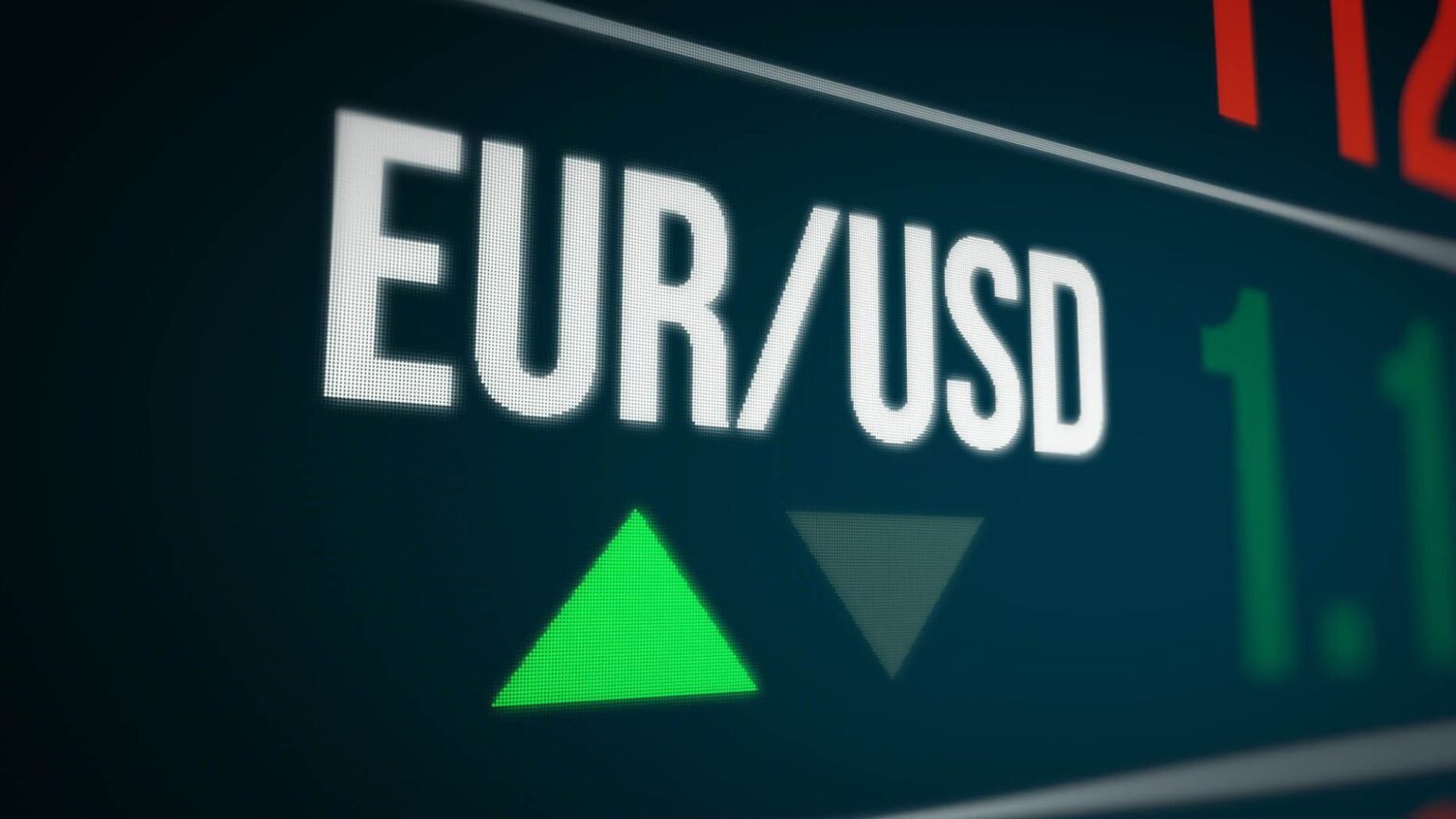The EUR/USD currency pair is approaching a significant milestone as the euro nears its strongest level in 14 months. As the pair inches closer to testing a major resistance zone, traders and investors are closely watching how the euro will perform against the U.S. dollar in the coming days. With global economic conditions, central bank policies, and inflation data playing key roles in shaping currency markets, the EUR/USD’s potential breakout could signal larger movements ahead.
In this blog, we will explore the factors driving the euro’s strength, the potential hurdles it faces, and what traders need to know to navigate the current environment. We’ll also discuss the tools and strategies available through EPIQ Trading Floor to help traders capitalize on this crucial moment.
1. What’s Driving the Euro’s Strength?
The rise of the euro against the U.S. dollar can be attributed to several key factors, all of which have combined to bring the EUR/USD pair closer to its 14-month high.
A. European Central Bank’s Monetary Policy
One of the main drivers behind the euro’s strength is the European Central Bank’s (ECB) hawkish stance on monetary policy. In its effort to control inflation, the ECB has been steadily raising interest rates, which has provided support for the euro. The eurozone’s inflation figures have remained elevated, leading to speculation that the ECB will continue its tightening cycle, even as other central banks, including the U.S. Federal Reserve, consider pausing or slowing down their rate hikes.
B. Weakness in the U.S. Dollar
While the euro has gained strength, the U.S. dollar has been under pressure. The Federal Reserve has taken a more cautious approach in recent months, signaling that it may be nearing the end of its rate-hike cycle. This has weakened the dollar, as investors shift their focus toward higher-yielding currencies like the euro. Additionally, mixed economic data in the U.S. has fueled concerns about a potential recession, further weighing on the dollar.
C. Global Economic Sentiment
Improving economic sentiment in the eurozone, particularly with stronger employment and manufacturing data, has contributed to the euro’s rise. As the region continues to recover from supply chain disruptions and energy crises, investors have regained confidence in the eurozone’s economic outlook, adding further momentum to the euro’s upward trajectory.
2. Key Resistance Levels for EUR/USD
Despite its recent gains, the EUR/USD pair is now facing a crucial test as it approaches major resistance levels. Breaking through these levels could signal a more extended rally, while failure to break above them could result in a short-term pullback.
A. The 1.12-1.14 Resistance Zone
Currently, the EUR/USD is nearing the 1.12 to 1.14 range, which has acted as strong resistance in the past. This level represents the upper end of a 14-month high, and a breakout above this range could pave the way for further gains toward the 1.15 level and beyond. However, this is also a significant psychological barrier for traders, and many will be watching closely to see if the euro can sustain its upward momentum.
B. Technical Indicators Signaling Potential Reversal
While the euro has gained ground, technical indicators such as the Relative Strength Index (RSI) suggest that the currency may be overbought in the short term. This means that a pullback or consolidation could occur before the EUR/USD can break through the 1.14 resistance level. Traders should watch for signs of exhaustion in the euro’s rally and prepare for potential reversals.
3. Economic Data to Watch
As the EUR/USD approaches critical resistance levels, economic data from both the eurozone and the U.S. will play a pivotal role in determining the pair’s direction. Traders should be closely monitoring the following key data points:
A. Eurozone Inflation Reports
The ECB’s actions will largely depend on future inflation data from the eurozone. Higher-than-expected inflation could prompt further rate hikes, which would support the euro’s continued rise.
B. U.S. Employment and Inflation Data
On the U.S. side, employment reports and inflation figures will guide the Fed’s next moves. Softer economic data could further weaken the dollar, giving the euro room to extend its rally.
4. Strategies for Trading EUR/USD During High Volatility
Given the current conditions, traders should employ strategies that allow them to take advantage of both potential breakouts and pullbacks in the EUR/USD pair. Here are a few approaches to consider:
A. Range Trading
With EUR/USD nearing resistance, range trading can be an effective strategy. Traders can look to buy near support levels and sell near resistance, taking advantage of short-term price swings within the current range. If the pair breaks through the 1.14 level, traders can adjust their strategy to focus on breakouts.
B. Breakout Trading
If the EUR/USD manages to break above the 1.14 resistance level, traders may want to consider breakout trading strategies. This involves entering a trade as soon as the pair breaches the resistance level, with the expectation that the upward momentum will continue.
C. Use of Technical Analysis
Using technical analysis tools such as moving averages, RSI, and Fibonacci retracements can help traders identify key entry and exit points, allowing them to optimize their trades and manage risk effectively.
5. Stay Ahead with EPIQ Trading Floor
Navigating the currency markets can be complex, especially during periods of heightened volatility. That’s where EPIQ Trading Floor comes in. Our platform provides real-time trading signals, expert analysis, and a community of traders ready to help you make informed decisions in the forex market. Whether you’re trading EUR/USD or other currency pairs, EPIQ Trading Floor offers the tools you need to stay ahead of the market.
Start your 3-day free trial today! Join EPIQ Trading Floor and get access to exclusive strategies, real-time market data, and expert insights that will elevate your trading game.
Disclaimer
The information provided in this blog is for educational purposes only and does not constitute financial advice. Always conduct your own research before making any investment decisions.










Responses